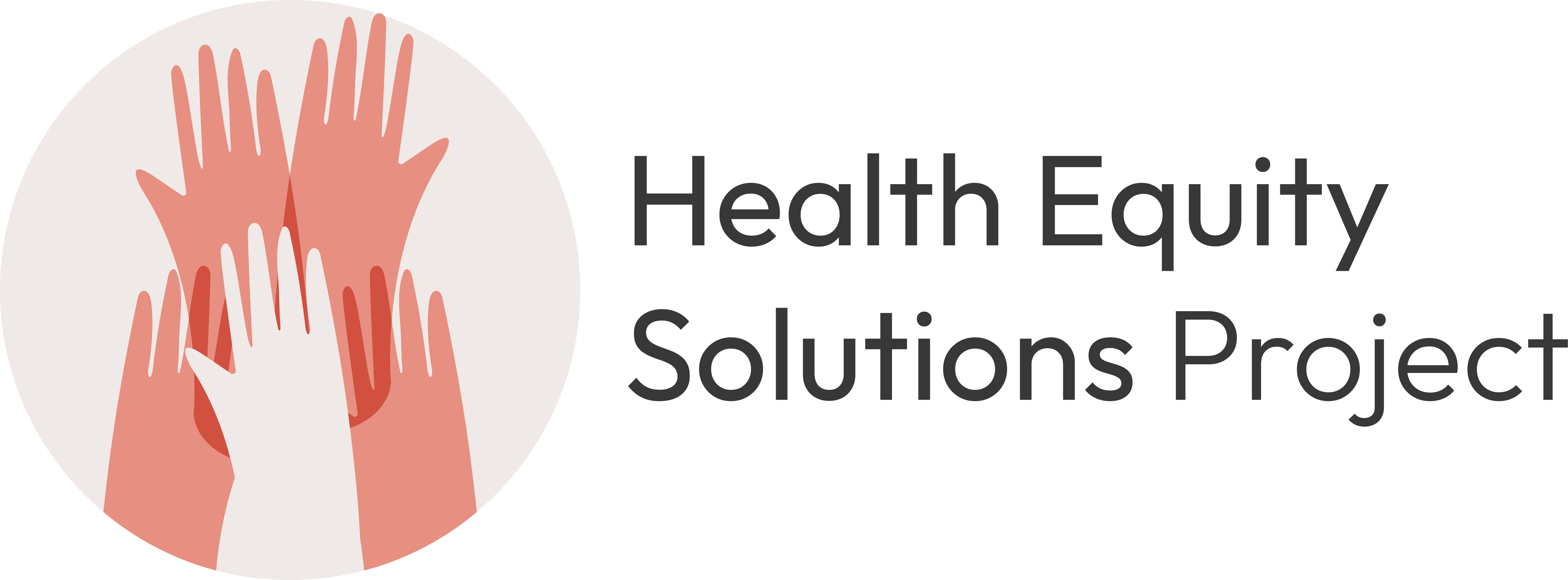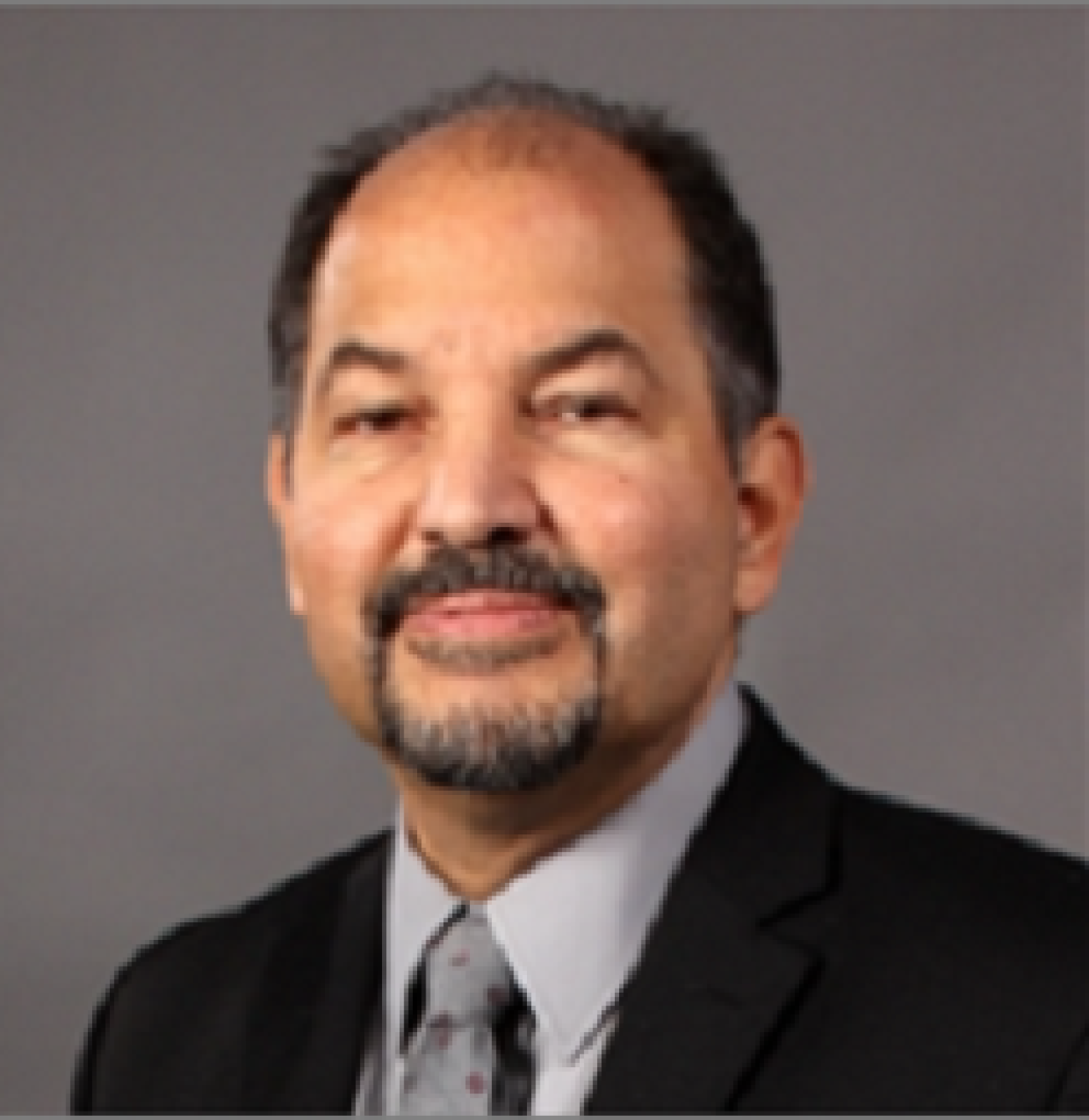Medical debts crush 14M Americans; Michigan programs aim to ease burden

- Medical debt is on the rise, even though more people have insurance since the passage of the Affordable Care Act in 2010
- Surveys indicate 3 million people have $10,000 or more in medical debts
- Hospital systems including Bronson are stepping up financial aid efforts
A cancer patient with more than $700,000 in medical bills did not know if she could continue her treatments.
Another patient had to take a heart failure medicine her doctor considered not as effective because it was less costly than another he preferred.
And a third patient with a $15,000 debt faced years of paying back Bronson health care, a 747-bed nonprofit, community-governed health system with four hospitals in southwest and central Michigan.

This story was produced through the New York & Michigan Solutions Journalism Collaborative, a partnership of news organizations and community groups dedicated to rigorous and compelling reporting about successful responses to social problems. The group is supported by the Solutions Journalism Network.
The collaborative’s Health Equity Solutions Project focuses on potential solutions to challenges in health care.
Bronson’s financial counselors reduced or eliminated the problems the three patients faced by helping them apply for the hospital’s financial aid programs, enrolling them in nonprofit financial aid programs or switching their Medicare plans to lower their out-of-pocket costs.
Related:
- Fighting Michigan's opioid crisis with new needles, purer drugs, respect for addicts
- Report: 3 in 10 deaths of new moms in Michigan linked to substance use
- Diet drugs are bigger than ever, and in Michigan, Medicaid picks up the tab
The 15 counselors — in addition to Bronson’s social workers and community health nurses — are a national model of the new or recently expanded resources many hospitals are adding to reduce or eliminate medical debt with free help and counseling.
Medical debt is on the rise, even though more people have insurance since the passage of the Affordable Care Act in 2010. Since then, the number of uninsured Americans dropped from 48.6 million in 2010 to 27.6 million in 2022, a historic decline, according to the U.S. Department of Health and Human Services.
Still, about 14 million people in the U.S. owe (6% of adults) over $1,000 in medical debt and about 3 million people, even those with health insurance, owe medical debt of more than $10,000, according to KFF, the health nonprofit formerly known as the Kaiser Family Foundation. This is a growing problem as more people try to save money by paying monthly health insurance premiums for so-called high-deductible plans that leave them with substantial out-of-pocket costs.
In a poll, some 43% of people with employer coverage said it is very or somewhat difficult to afford their health care, according to the Commonwealth Fund 2023 Health Care Affordability Survey.
How to eliminate medical debt
Facing big hospital bills or drugs you can’t afford?
Talk to your doctor or call your health system and ask to speak to a financial counselor. There’s help available, even just filling out a hospital’s form to request financial help. Hospital financial counselors, social workers and community health workers also can give you names of nonprofit and pharmaceutical programs that will give you grants, coupons or free or reduced-cost medicine.
- Pink Fund, a nonprofit breast cancer group is a national program based in Southfield that gives women and men in active breast cancer treatment as much as $3,000 to pay bills such as rent, mortgage and utility payments.
- New Day Foundation, a Rochester Hills nonprofit, gives qualifying Michigan families a range of help, including gift cards from Kroger and Meijer.
- Triage Cancer, a national, Chicago-based nonprofit, provides free legal and practical help to cancer patients and their caregivers.
Recent pressure from the Medicare program and the Joint Commission, a hospital regulatory agency, aims to make a difference. Nonprofit hospitals get big tax breaks, and in return must show they aim to treat all patients and let them know free help is available paying their bills.
The Biden administration has also instituted policies to pay hospitals for the financial and social work navigation help they provide free to patients. Experts say reducing unpaid medical debt also will be a savings to hospitals, not just patients.
Still, far too many hospital systems never ask patients the simple question: Do you need help paying medical bills or finding programs to obtain costly drugs?
“The state of financial advocacy varies drastically across the nation,” said Rifeta Kajdic Hodzic of the Association of Cancer Care Centers, which helps hospitals improve their health equity outreach. “Some don’t even have financial navigators on their staff.”
Sometimes, just completing a form, talking to a hospital social worker or calling a number starts a crucial process.
Erasing debt across Michigan
The Henry Ford Health and University of Michigan Health systems, among others, are also addressing the problem by adding financial counseling resources and publicizing free health care.
Henry Ford’s cancer institute is drafting a letter to patients about its free help and resources. The letter will include an estimate of a person’s cancer treatment costs.
The University of Michigan’s financial counseling team recently promoted its free help and resources, particularly for Medicaid recipients, as Michigan moved to restrict enrollment. As Bridge Michigan reported in December, nearly 450,000 Michiganders lost Medicaid coverage as federal rules that paused eligibility reviews during the pandemic were lifted.
Wayne County also is midway through contract talks with the national nonprofit RIP Medical Debt. The agency uses donations to purchase medical debt from hospitals, doctors and collection agencies, erasing on average $1 for every $100 in a person’s medical debts, the Detroit Free Press reported.
The Wayne County program would be funded by its indigent care fund and other savings the county has from a federal pandemic relief bill. Those eligible must have an annual household income of less than 400% of the federal poverty level, or about $103,280 for a family of three, or have medical debts greater than 5% of their annual income. Patients don’t need to apply; the nonprofit finds those who qualify for help by contacting health care providers. Oakland and Kalamazoo counties have contracts with the nonprofit, the Free Press reported.
So far, even in hospital systems with the best programs, help has been limited to cancer patients, where drug and treatment costs are a common cause of financial stress and even bankruptcy, Kajdic Hodzic and others say. The Bronson system goes further with questionnaires and talks with most uninsured and underinsured patients seen in their emergency department or awaiting surgery to ask if they need financial help.
It also uses new, more sophisticated medical record technology that seeks out who needs help based on a person’s income or ZIP Code. The tools allow hospital staff to update who applies for outside help and reach out to patients at various intervals in their care.
“We approve 50% of all the applications we get,” said David Cavataio, Bronson’s system director of patient accounting.
‘How are we ever going to pay this off?’
Pat Kreple, 76, a breast cancer patient and mother of three from Stanwood near Big Rapids, encourages everyone in her community to ask for help. “If more people got counseling, especially women fending for themselves who may have the mindset when they face bills that this is their lot in life, I’ll just accept this and can live on less. . . . they wouldn’t be deluged with a huge financial burden,’’ Kreple said.
She admits she “freaked out” when bills started to pile up soon after her mastectomy in November 2022.
“I couldn’t sleep at night. I mean, I would lie awake and go, ‘Oh my gosh, we’re going to have to put this on credit cards. How are we ever going to pay this off?’ ”
A social worker at Corewell Health in Grand Rapids helped her find programs to get help. Fighters4Life, a New York nonprofit, paid her mortgage for 10 months. She got a $500 Meijer grocery card through another nonprofit, New Day Foundation in Rochester Hills. A friend knowledgeable about health insurance advised her to switch from a Medicare Advantage plan to a Medicare supplement plan, also known as a Medigap plan, with a prescription plan to lower her out-of-pocket costs. Now, most of her cancer bills have been paid, she said.
Unfortunately, too many patients never seek help, because they are stressed out by their diagnosis, reluctant to talk about their finances or skip doctor’s visits because of depression. So they succumb to paying what they can to hospitals, which often have aggressive collection systems for those who repeatedly fail to pay bills.
Most hospital systems have charity care or catastrophic care programs that write off or reduce medical debts. Bronson’s catastrophic policies can help patients with medical debt that is 25% of their annual household income and if they meet federal poverty guidelines defined in the policy. Bronson had $70 million in 2023 in uncollected medical debt, a burden that continues to grow even as Medicaid narrows eligibility rules and out-of-pocket expenses grow for people with health insurance, said Cavataio.

Dr. A. Mark Fendrick believes the real focus should be on changing the design of health insurance plans to policies that entirely pay for needed services like mammograms and ending coverage for ones with little proven benefit. Those include Vitamin D testing, screening for back pain within six weeks of onset, not using brand-name drugs when generics prove equal and administering prostate blood tests for men 70 and older, he said.
The U.S. spends $100 million a year on “services that don’t make them healthier,” said Fendrick, director of the U-M Center for Value-Based Insurance Design.
“The number one cause of online fundraisers in the United States is health care costs,” he said. “The number one cause of personal bankruptcy in the United States is health care. My patients shouldn’t have to have a bake sale or an online fundraiser to pay for their insulin, charges related to the delivery of a child or emergency trauma surgery.”
Eliminating out-of-pocket costs would increase screening rates, save lives, improve health equity efforts and reduce stress and debt for millions of Americans, Fendrick said.
“We want a future where there is no collection for essential services,’’ said Fendrick, who has devoted more than three decades to reforming insurance benefit design. “When you get your card, it covers you for health care interventions beneficial to your health.” He prefers these changes to adding more financial counselors. “We need to think of the core cause of why we need these counselors. We don’t want people to struggle at all.”
But given the slow pace of health insurance reforms – ones facing major opposition from the industry– experts say financial navigators pay for themselves quickly and they will be essential, likely for years to come.
“We need financial advocates with expertise navigating the complexity of available health insurance options for patients. It is essential to help people understand how to choose wisely within the health insurance system to reduce out-of-pocket costs,” said Dan Sherman, founder of the NaVectis Group, a Grand Rapids-area cancer financial services navigator that helped Bronson expand its financial navigation services.
He has developed standards and training in the field. Too many financial counselors learn on the job, are paid close to minimum wage and lack “clinical understanding to argue with an insurance company regarding an unacceptable benefits denial,” he said.
“If we can prove that the financial navigation model works, once we show decreased patient distress, in addition to a return on investment for the provider, I think it will get the attention of hospital administrators. It’s 100 times easier to collect $240 from a patient than $7,000.”
See what new members are saying about why they donated to Bridge Michigan:
- “In order for this information to be accurate and unbiased it must be underwritten by its readers, not by special interests.” - Larry S.
- “Not many other media sources report on the topics Bridge does.” - Susan B.
- “Your journalism is outstanding and rare these days.” - Mark S.
If you want to ensure the future of nonpartisan, nonprofit Michigan journalism, please become a member today. You, too, will be asked why you donated and maybe we'll feature your quote next time!





